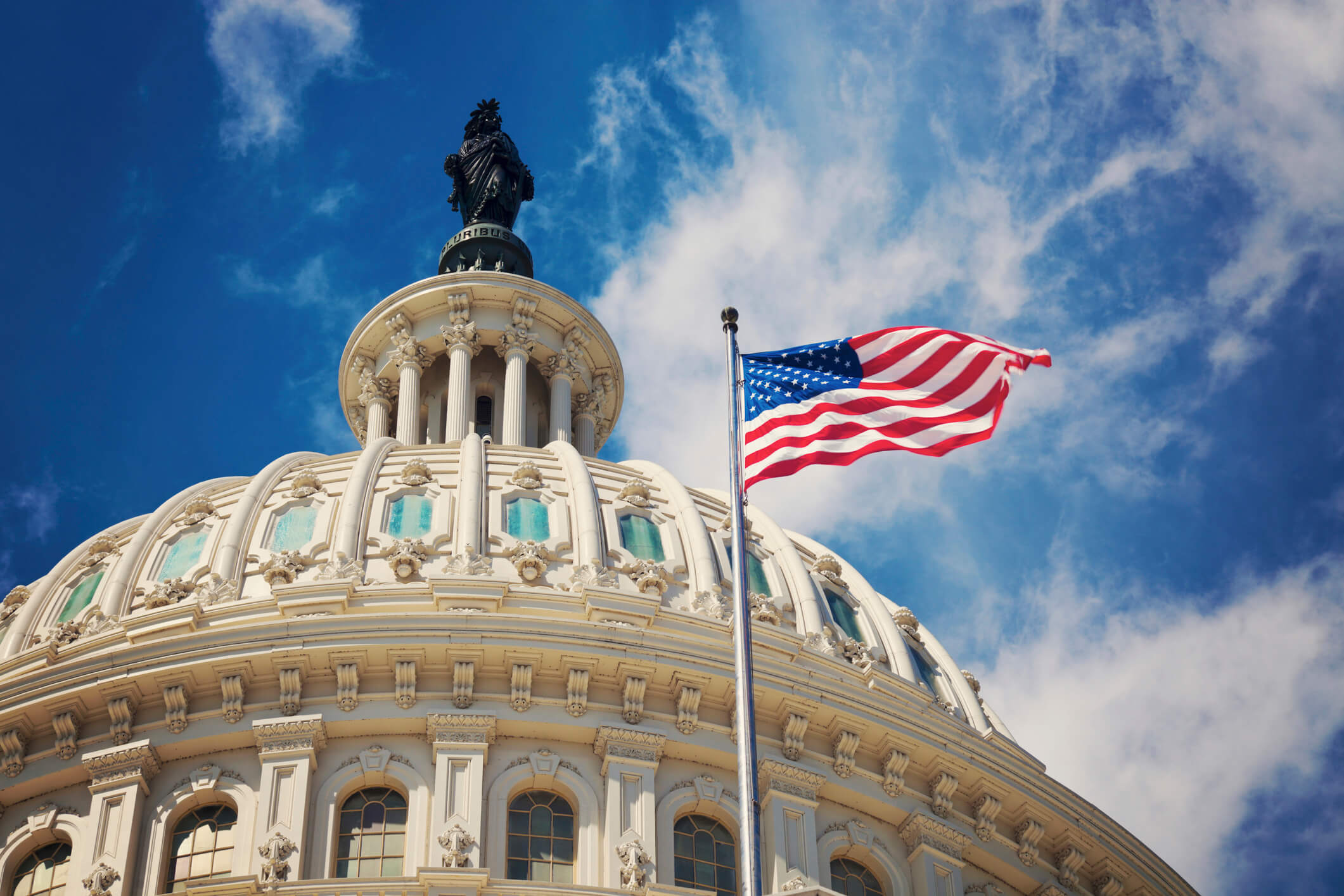Quick Hits
- Recent litigation has intensified Article II of the U.S. Constitution concerns, challenging the insulation of administrative law judges (ALJs) from presidential oversight and prompting calls for structural remedies to recalibrate accountability.
- The Supreme Court’s decision in U.S. Securities and Exchange Commission v. Jarkesy suggests that OSHA’s penalty-seeking enforcement actions may need to migrate to Article III courts, potentially increasing federal court litigation with juries.
- The constitutional constraints shaping OSHA and OSHRC are tightening, necessitating structural adjustments to align with Article II accountability, Article III adjudication, and principled delegation while maintaining effective workplace safety enforcement.
Recent litigation intensifies Article II concerns. District courts have enjoined administrative enforcement proceedings relying on administrative law judges (ALJs) insulated by multiple layers of for-cause removal protection, invoking the Take Care Clause and the logic of Free Enterprise Fund. Parallel challenges against other labor and employment agencies suggest a broader judicial skepticism toward heavy insulation of adjudicators from presidential oversight. The U.S. Department of Justice’s position declining to defend multiple layers of ALJ removal protection further destabilizes the status quo and invites structural remedies that recalibrate accountability without collapsing decisional independence.
U.S. Securities and Exchange Commission v. Jarkesy reframes the adjudication landscape by emphasizing the jury-trial right where agencies seek civil penalties for claims analogous to common law actions. While Atlas Roofing Co. v. Occupational Safety and Health Review Commission previously sustained OSHA’s administrative adjudication under the public-rights rubric, Jarkesy indicates that penalty-seeking enforcement actions may need to migrate to Article III courts when they resemble private rights, especially where deterrent and punitive features predominate. If applied to OSHA matters involving significant penalties, Jarkesy could require increased federal court litigation with juries, narrower use of ALJs, or a legislative redesign separating investigative and prosecutorial functions from adjudication rooted in Article III.
Nondelegation remains a live, if restrained, concern. Courts have thus far upheld OSHA’s statutory authority under the intelligible-principle standard, but concurrences and dissents—along with academic commentary—signal openness to a more rigorous approach. A reinvigorated nondelegation doctrine would force the U.S. Congress to articulate more specific constraints on OSHA’s standard-setting, potentially tethering rules to quantifiable risk thresholds or cost-benefit frameworks and restricting open-ended “necessary or appropriate” formulations.
Looking forward, the Supreme Court’s willingness to narrow, distinguish, or reconsider precedents that once stabilized the administrative state raises concrete possibilities. Congress could restructure OSHA enforcement to rely more heavily on Article III adjudication for significant penalties, while reserving agency adjudication for genuinely public-rights disputes. OSHRC’s independence may be preserved with single-layer, for-cause protections, but only if its adjudicatory role remains clearly demarcated from executive functions. Alternatively, Congress could consider specialized labor courts or enhanced separation mechanisms that safeguard impartiality without creating constitutionally suspect insulation from presidential control.
The upshot is a transitional moment for OSHA and OSHRC. The agencies’ foundational premises—independence for adjudication, executive accountability for enforcement, and administratively managed penalty proceedings—are being recalibrated by the Court’s recent decisions. Whether through incremental doctrinal refinement or a more wholesale reconfiguration, the constitutional architecture of workplace safety enforcement is poised to change, requiring careful legislative and administrative responses that preserve both lawful governance and effective protection for workers. In sum, the constitutional constraints shaping OSHA and OSHRC are tightening; preserving effective workplace safety will depend on structural adjustments that align with Article II accountability, Article III adjudication, and principled delegation, while maintaining fair, efficient enforcement.
Ogletree Deakins’ Workplace Safety and Health Practice Group will continue to monitor developments and provide updates on the Workplace Safety and Health blog as additional information becomes available.
Please join us at the Innisbrook Resort in Palm Harbor, Florida, December 2–4, 2025, for our Workplace Safety Symposium, a program providing a highly practical platform for safety professionals, in-house counsel, and senior managers responsible for OSHA and State Plan compliance.
Follow and Subscribe
LinkedIn | Instagram | Webinars | Podcasts






